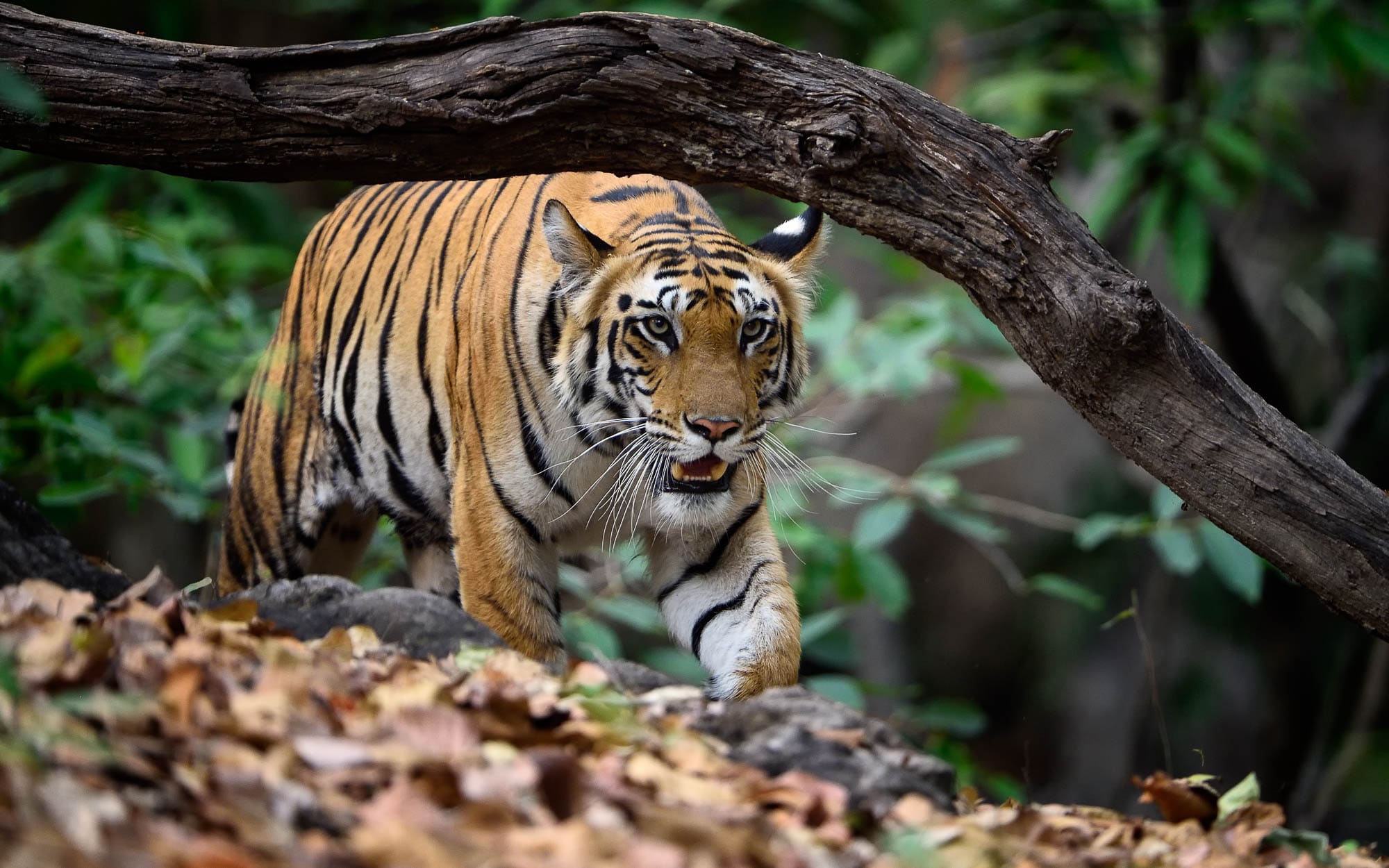
Introduction
Tigers are magnificent creatures that have captivated the imagination of people around the world. Their beauty, power, and grace make them an iconic subject for photography. Tiger photography allows photographers to capture these majestic animals in their natural habitat, showcasing their unique behaviors and stunning features.
The Thrill of Tiger Photography

Getting up close to a tiger in the wild is an exhilarating experience that photographers dream of. The thrill of capturing these elusive creatures in their natural environment cannot be matched. It requires patience, skill, and a deep understanding of tiger behavior to capture the perfect shot.
Choosing the Right Equipment

When it comes to tiger photography, having the right equipment is essential. A telephoto lens with a long focal length is a must-have as it allows you to maintain a safe distance while still capturing detailed shots. A sturdy tripod is also recommended to ensure stability and minimize camera shake.
Understanding Tiger Behavior
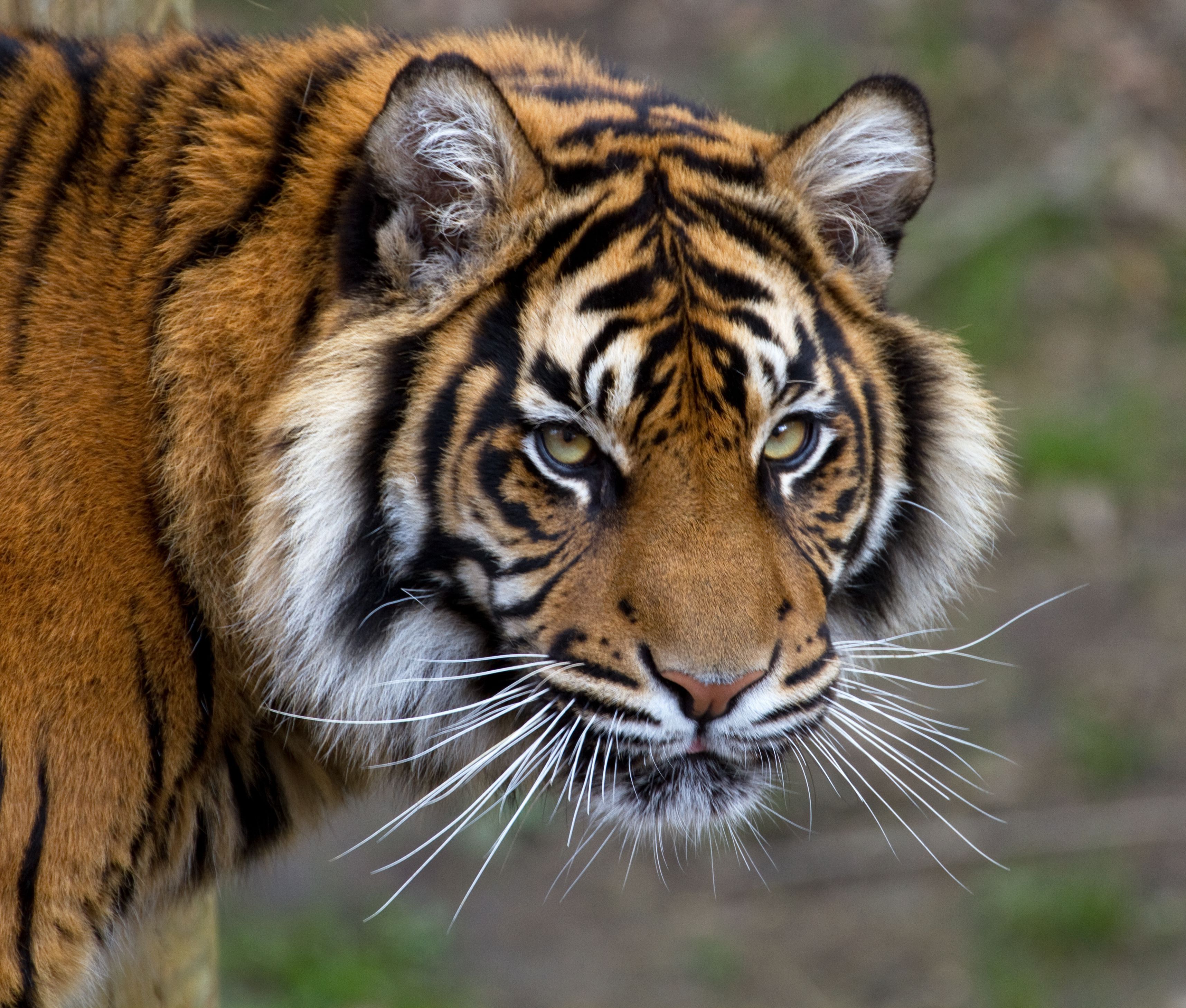
Knowing the behavior patterns of tigers is crucial for successful photography. Tigers are known for their stealth and camouflage, making it challenging to spot them in the wild. Understanding their habits, preferred habitats, and hunting patterns can greatly increase your chances of capturing breathtaking shots.
Patience is Key
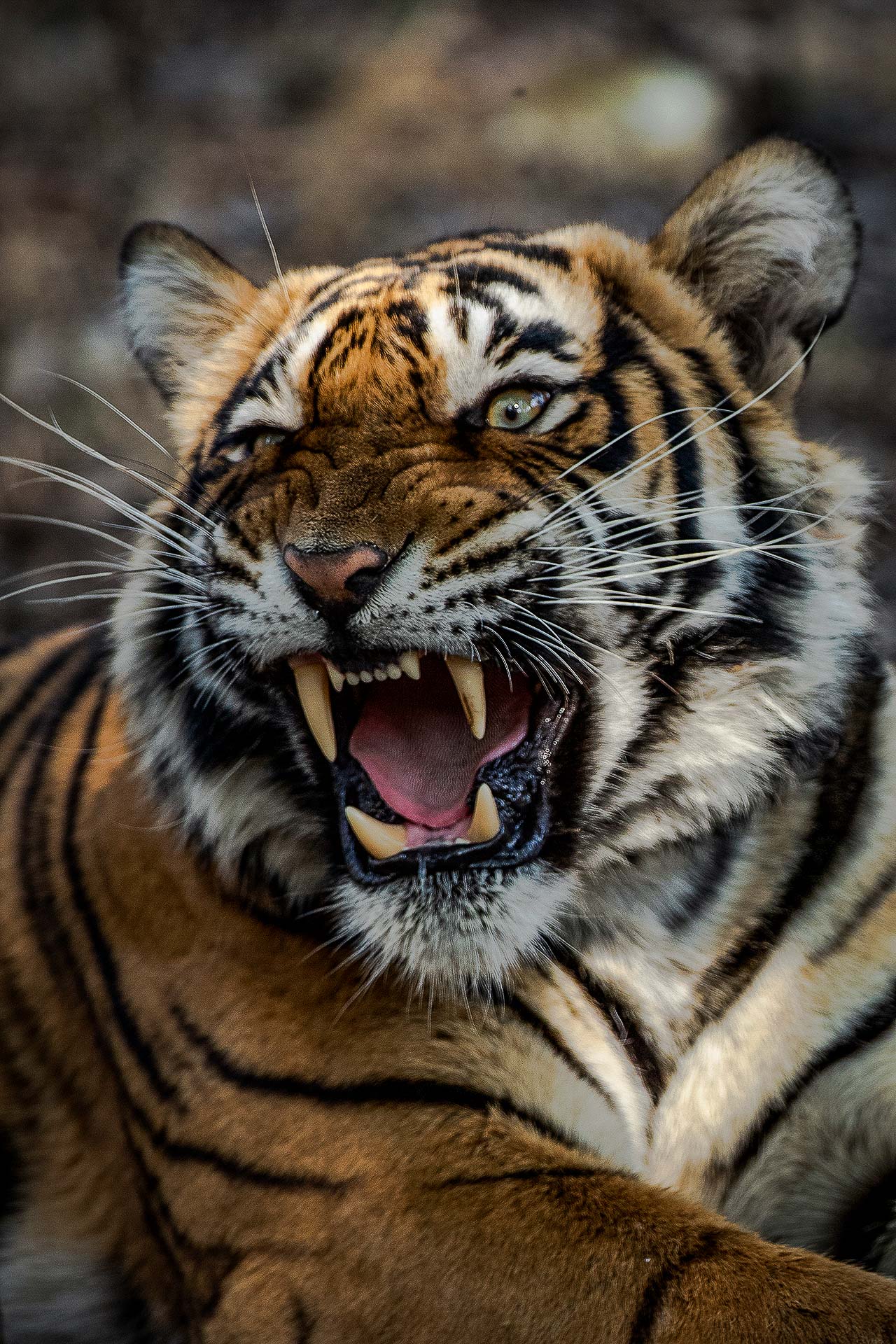
Photographing tigers requires a great deal of patience. It may take hours or even days to get the perfect shot. Tigers are elusive and often blend seamlessly into their surroundings, making them difficult to locate. However, the reward of capturing a stunning image of a tiger in its natural habitat makes the wait worthwhile.
Respecting Wildlife
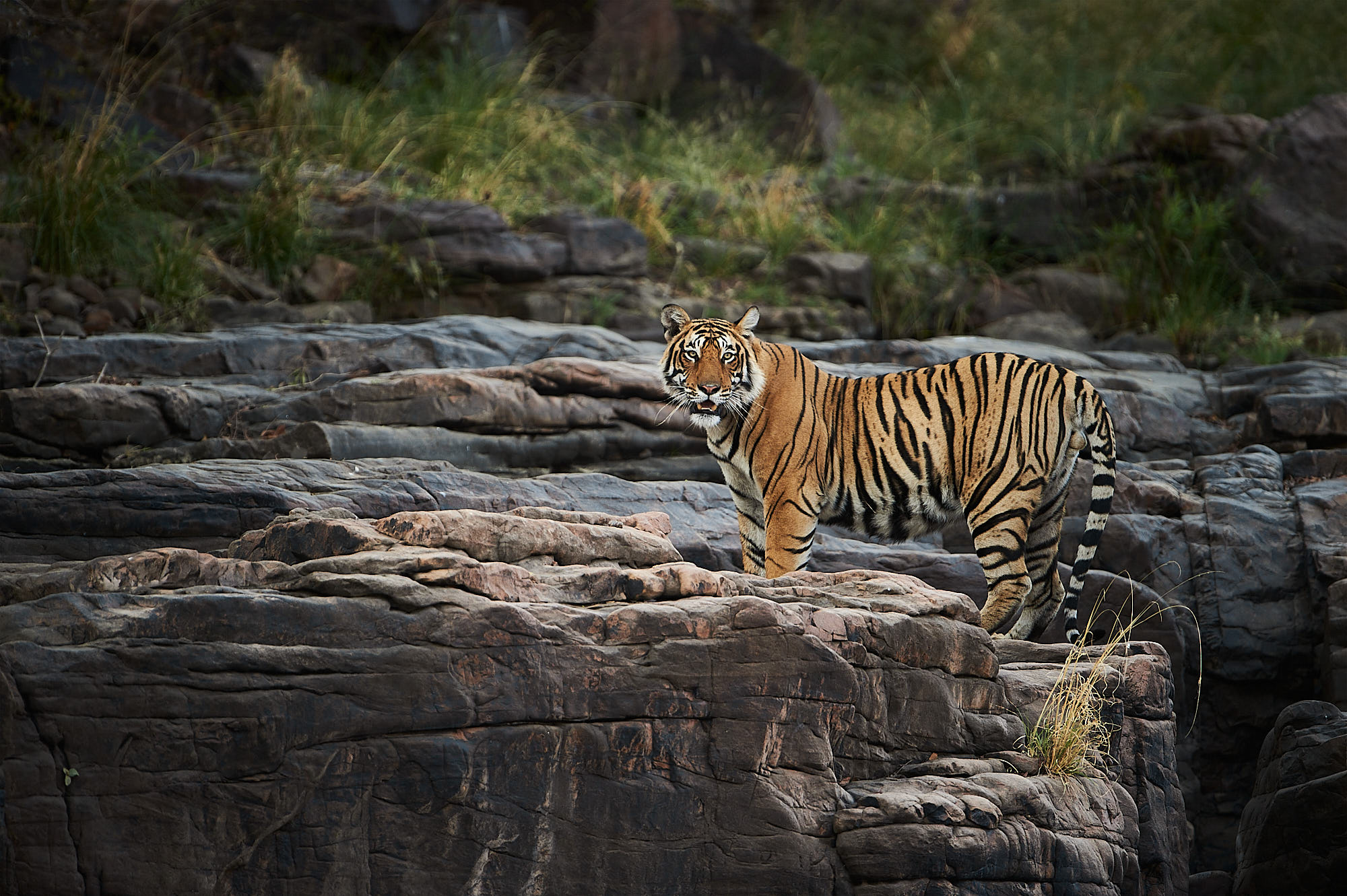
While photographing tigers, it is crucial to respect their natural habitat and behavior. It is important to maintain a safe distance and avoid disturbing or provoking the animals. Remember, we are visitors in their world, and our presence should not disrupt their way of life.
Lighting and Composition

Proper lighting and composition can make or break a tiger photograph. Soft, diffused light is ideal for capturing the intricate details of their fur and eyes. Consider the rule of thirds and experiment with different angles to create visually appealing compositions that highlight the tiger's beauty.
Camera Settings

Choosing the right camera settings is crucial for tiger photography. Shooting in manual mode gives you full control over exposure, aperture, and shutter speed. Set a wide aperture to create a shallow depth of field, isolating the tiger from its surroundings. A fast shutter speed is necessary to freeze any sudden movements.
Post-Processing

Post-processing plays an important role in enhancing tiger photographs. Adjusting the exposure, contrast, and sharpness can bring out the details and make the image more captivating. However, it is important to maintain the authenticity of the photograph and avoid excessive editing.
The Ethics of Tiger Photography
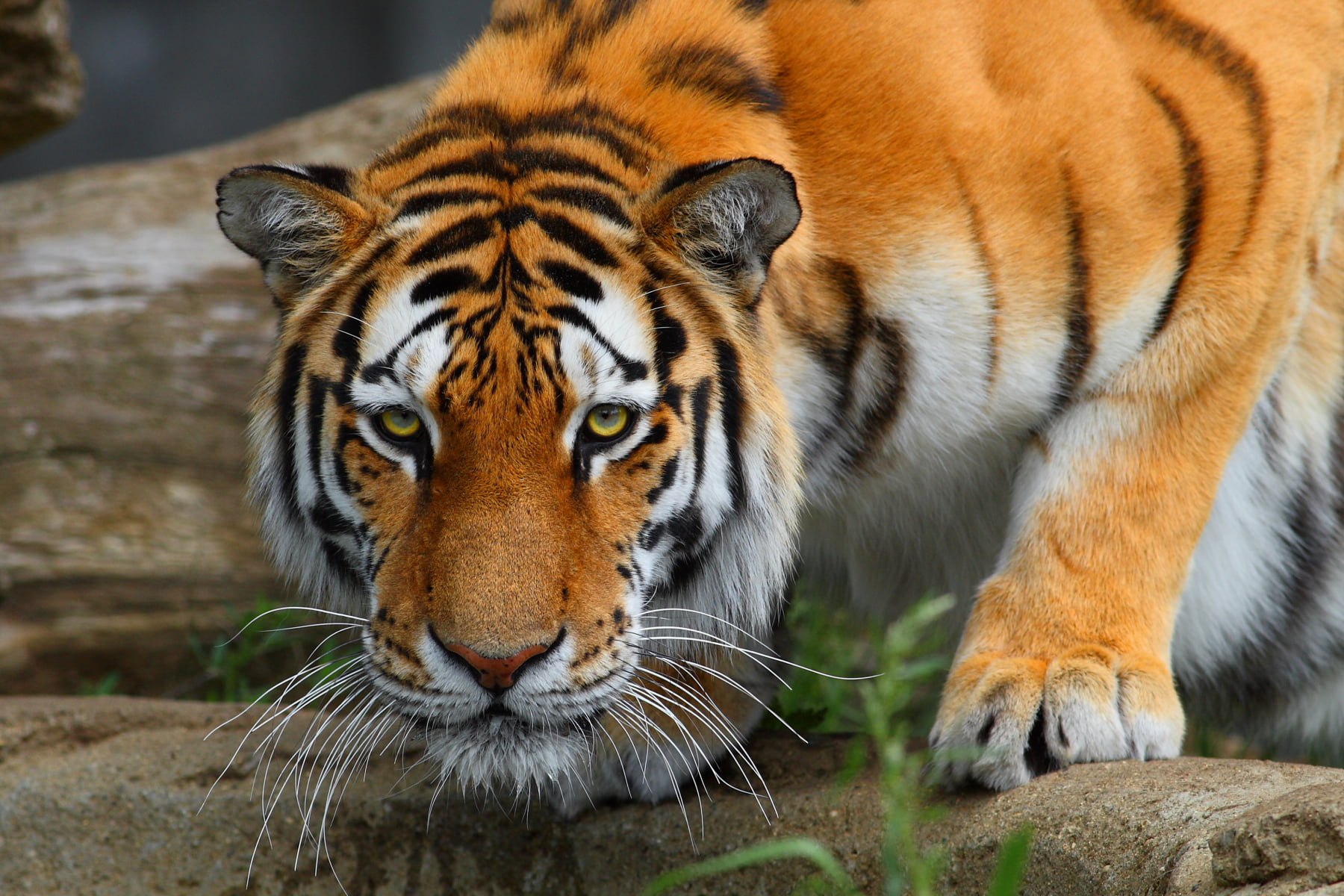
Tiger photography should always be conducted ethically and responsibly. It is crucial to support conservation efforts and ensure that our actions do not harm the well-being of these endangered animals. By promoting awareness and respect for tigers, photographers can contribute to their conservation and protection.
Conclusion
Tiger photography is a challenging yet rewarding pursuit that allows photographers to capture the beauty and essence of these incredible creatures. With the right equipment, knowledge of tiger behavior, and a dash of patience, stunning photographs can be created that inspire awe and raise awareness about the importance of tiger conservation.